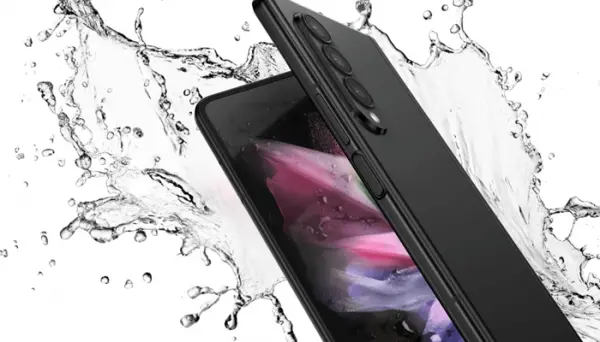
Polarizers are used to allow only light in certain directions to pass through, thereby improving the visibility of the display. However, its use reduces the brightness, which also affects the brightness efficiency of the panel. Companies usually offset this by increasing the power consumption of the panel, but it also reduces the life of the panel. Removing polarizers and applying techniques with similar effects can solve these trade-offs.
Samsung display is the first manufacturer to provide OLED without polarizer. It provides these panels for the galaxy Z fold 3 of the parent company Samsung Electronics. After not using polarizers, Samsung showed that a color filter (CF on TFE _) was printed on the film package, A black pixel definition layer is added. According to the source, this enables the foldable panel to provide clearer colors through color filters.
The black pixel definition layer replaces the traditionally used orange pixel definition layer made of photosensitive polyimide. As before, using orange pixel definition layer will reflect light and affect the contrast. The black pixel definition layer adopts different polyimide materials.
Samsung displays call the TFE technology on its CF eco2, or eco square. The company has claimed that this technology can improve the light transmittance by 33% and reduce the power consumption by 25% compared with its previous display panels.